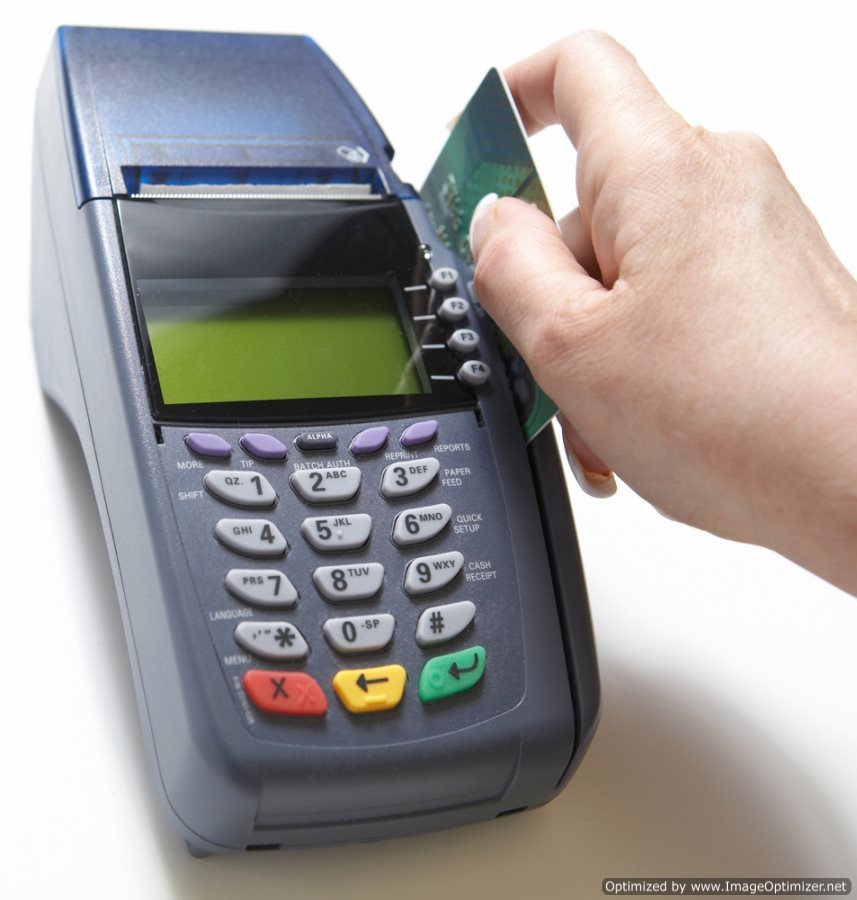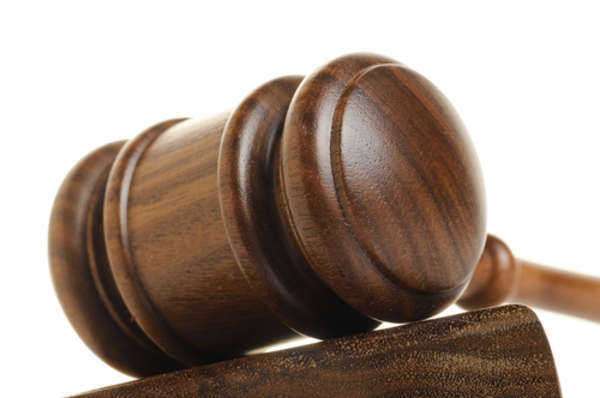The Return of Layaway: The Old/New Competition for Credit Cards










What is a
Credit Card?
A credit card is a plastic card that enables an
individual to purchase goods, products or services by way of a credit line. The
available credit and the card itself are offered by a financial institution,
such as a bank or credit card company.
These institutions will offer an
individual (with a satisfactory credit score) a credit card that is accompanied
by various terms and interest rates. The interest rates are based off the
individual’s credit score. Those with higher scores, meaning they are more
likely to meet the terms and repayment schedules in the agreement, will be
awarded with a lower interest rate and vice versa.
Credit Card Numbers
Credit card numbers are found on the front of the
credit card. These numbers represent the account number of the individual’s
line of credit. Credit card numbers are processed during a transaction, when
the buyer swipes his or her card through a reading machine (the seller can also
process the transaction by copying the credit card numbers and manually
relaying the information).
The credit card numbers are then passed through an
interchange where a merchant will look up the individual’s credit account. As a
result, the credit card numbers act as the primary indicator to look up an
individual’s credit line. When processed, the credit card numbers will reveal
if the prospective buyer has enough available credit to make the purchase.
Credit card numbers possess an internal structure
and share a common number scheme. Credit card numbers are types of ISO/IEC 7812
bank numbers. They are typically 16 digits in length and consist of a
single-digit Major Industry Identifier. In addition to these codes, credit card
numbers also contain a variable length individual account identifier and a
single check digit that is calculated using an advanced algorithm.
The first digit of a credit card number is the
Major Industry Identifier. This number represents the category of entity which
issued the card. Different majority industry identifiers represent the
following issuer categories:
0-ISO/TC 68 and various future assignments
1-Signifies an Airline Company
2-Future industry assignments and Airline
companies
3-Travel and entertainment or banking/financial
companies
4-Banking and financial
5-Banking and financial companies
6-Merchandising and banking or financial companies
7-Petroleum and other future industry companies
8-Telecommunications, healthcare and other future
industry assignments
9-National assignment
How to Protect your Credit Card Numbers
Through the advent of the Internet and online
purchasing, the likelihood of fraud and other criminal activity generated from
the unauthorized obtainment of credit card numbers has, unfortunately, risen.
It is the responsibility of each cardholder to ensure that his or her credit
card numbers are kept private and protected.
The first step to protecting your credit card numbers
is signing the back of your credit card. This step, although simple, is an
authentication process that may prevent an individual from using your card. The
signature acts as a security check.
When the card is used for purchases the
individual must sign the receipt to affirm the transaction. A responsible
seller will check the signature on the receipt with the back of the credit card
to ensure that the individual purchasing the goods is indeed the cardholder.
Never leave your credit card unattended. An
individual may purchase items (primarily online) solely by entering credit card
numbers, the CV2 code found on the back of the card and the expiration date of
the card.
When purchasing items online, make sure the
website you are using is secure. Those websites that are not secure may record
or even share your credit card numbers with third parties. Furthermore, never
respond to unsolicited e-mails that ask for your credit card numbers.
If you lose or have your card stolen, you must
immediately report the incident to your issuing financial institution.
 What is a Credit Card?
What is a Credit Card?
A credit card is an alternative payment method to
cash, which enables a consumer to purchase goods or services on credit. Credit
cards are issued by financial institutions to those individuals who they deem
as fit or credit-worthy. The ability to obtain a credit card and the subsequent
rates or fees attached to the issuance is based primarily on an individual’s
credit history and score.
The interest rates and fees attached to the
issuance are dependent on the individual’s expected ability to repay their
borrowed funds. When an individual purchases goods on a credit card they are
required to reimburse the issuing company the amount spent. If the full balance
is not paid each month the interest is applied and carried over to the
following billing period.
How does Retail Credit Card Processing Work?
When an individual purchases a good or service
from a retail store with a credit card, they simply slide the card into a
machine. Each credit card is equipped with a magnetic strip on the back. When
sliding a credit card through the machine, the magnetic strip will relay the cardholder’s
information to the retail outlet’s point-of-sale system. This step of credit
card processing enables the cashier to integrate the individual’s information
into their transaction.
In addition to using a machine to initiate the
credit card processing through the magnetic strip, an employee at the retailer
can also type the card information (the credit card number on the front of the
card) into their point-of-sale system. This form of credit card processing is
utilized for online purchases or for those transactions that do not involve a
card reader.
All retailers that initiate credit card processing
must sign up for a service that is linked with a merchant provider. Seller
transaction credit card processing systems send captured credit card data,
along with the data linked to the transaction, directly to the merchant account
provider.
Network Interchange involved in Credit Card
Processing
The merchant account must first route the
information through the network interchange to the holder’s institution. The
institution then checks the card’s balance against the transaction amount and
either authorizes or denies the payment.
Once the authorization for approval or denial of
payment has been received, the merchant notifies the seller of the result, who
then will notify the buyer. If the transaction involved in the credit card
processing is authorized, the merchant account provider sends the transaction
information back through the network interchange to the seller, who then
requests the funds to be transferred from the buyer’s credit card provider.